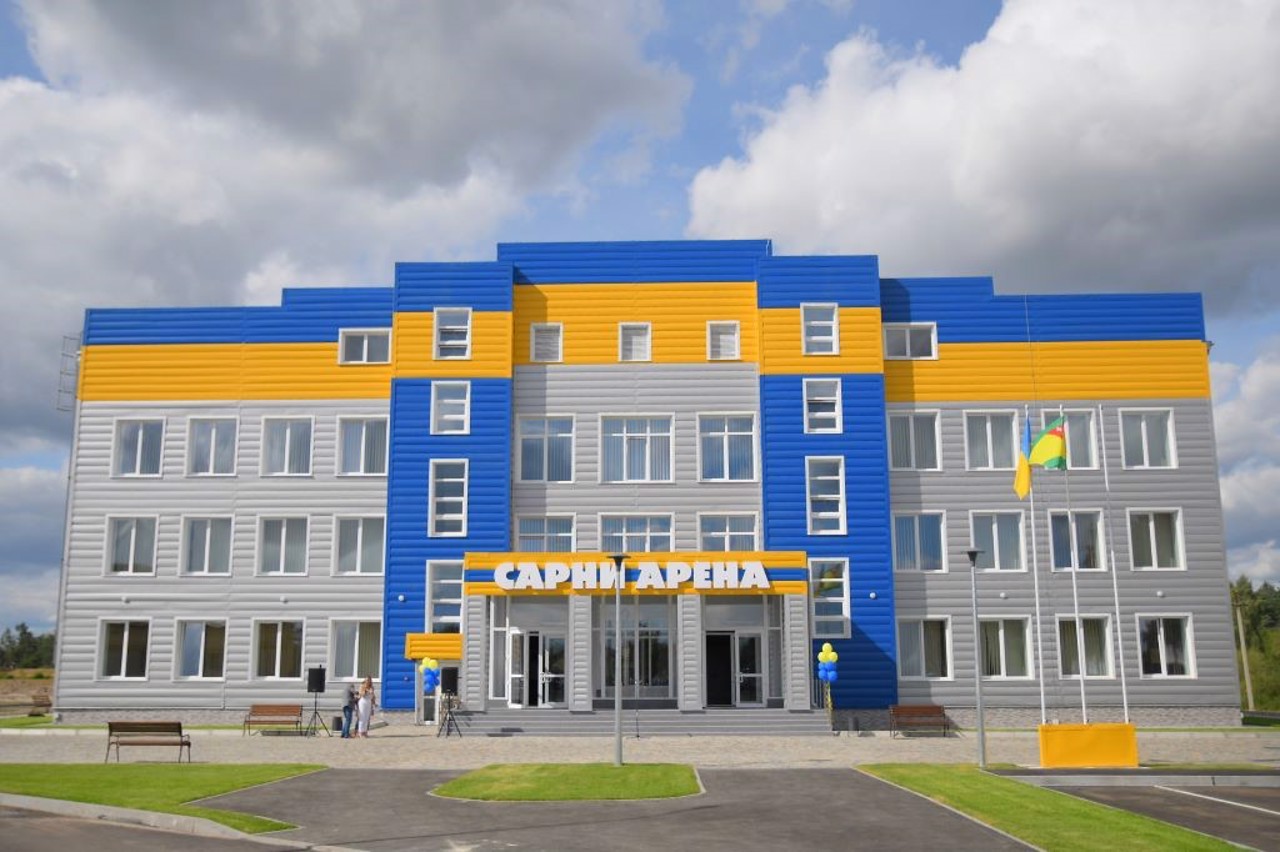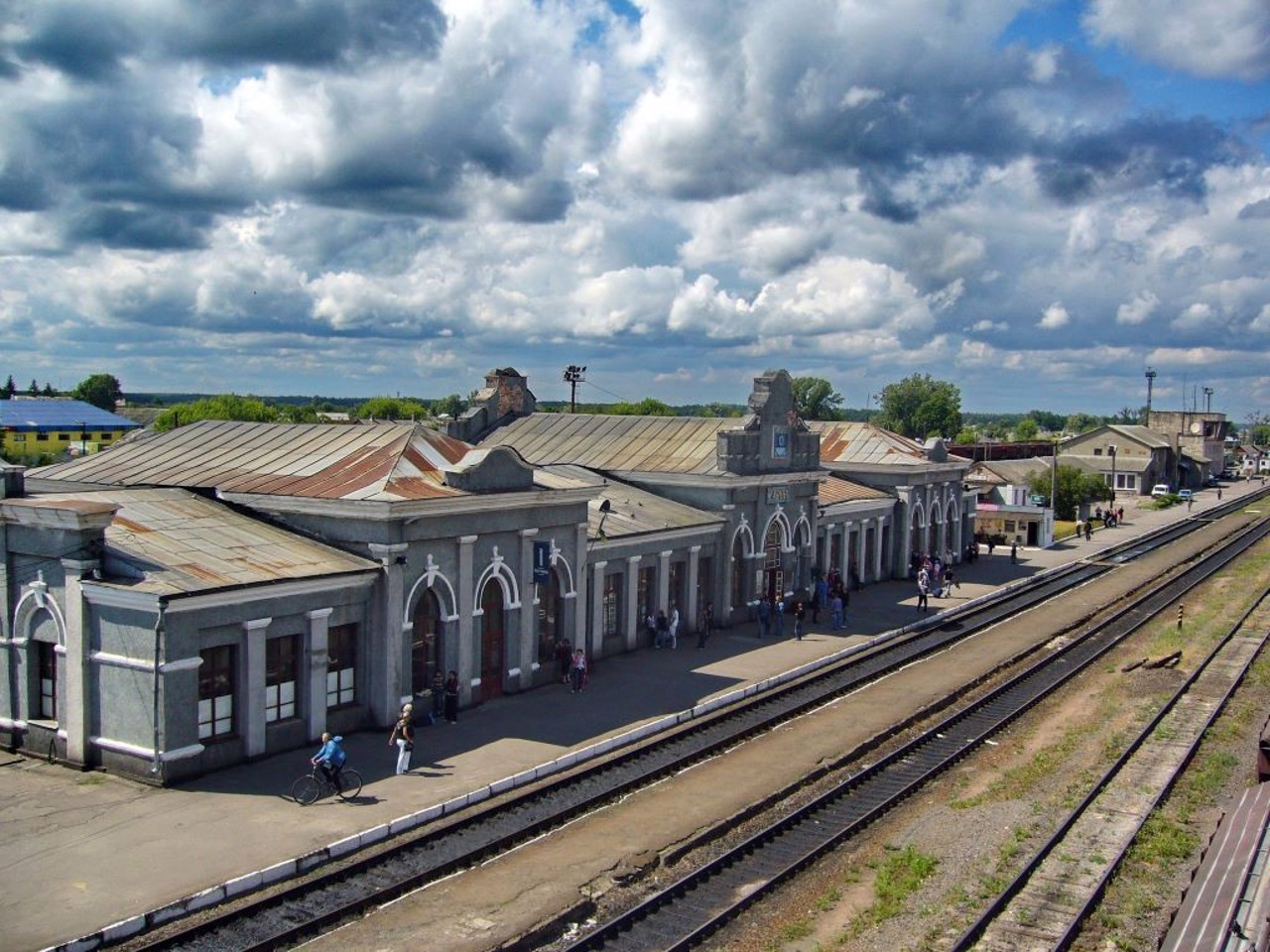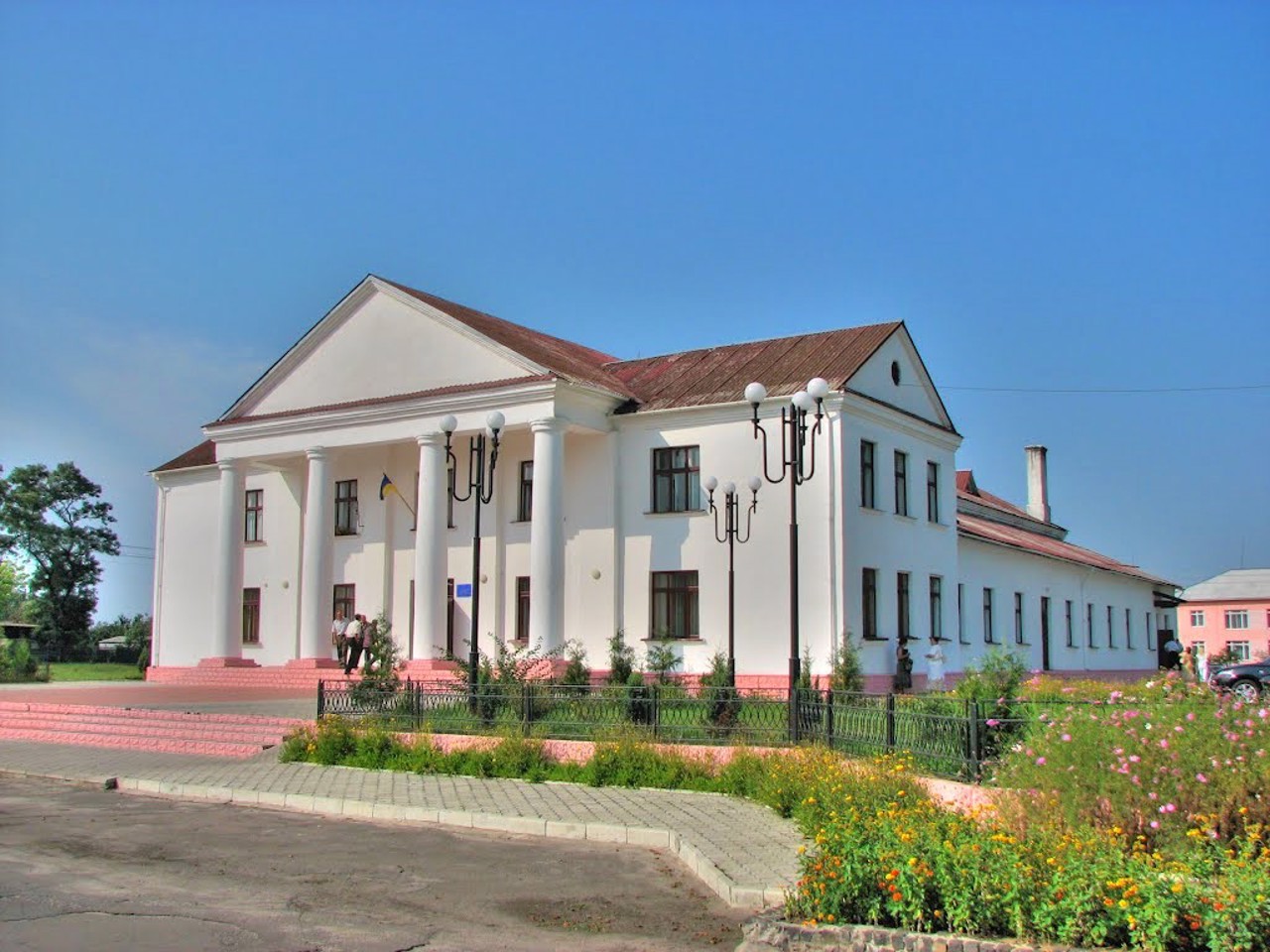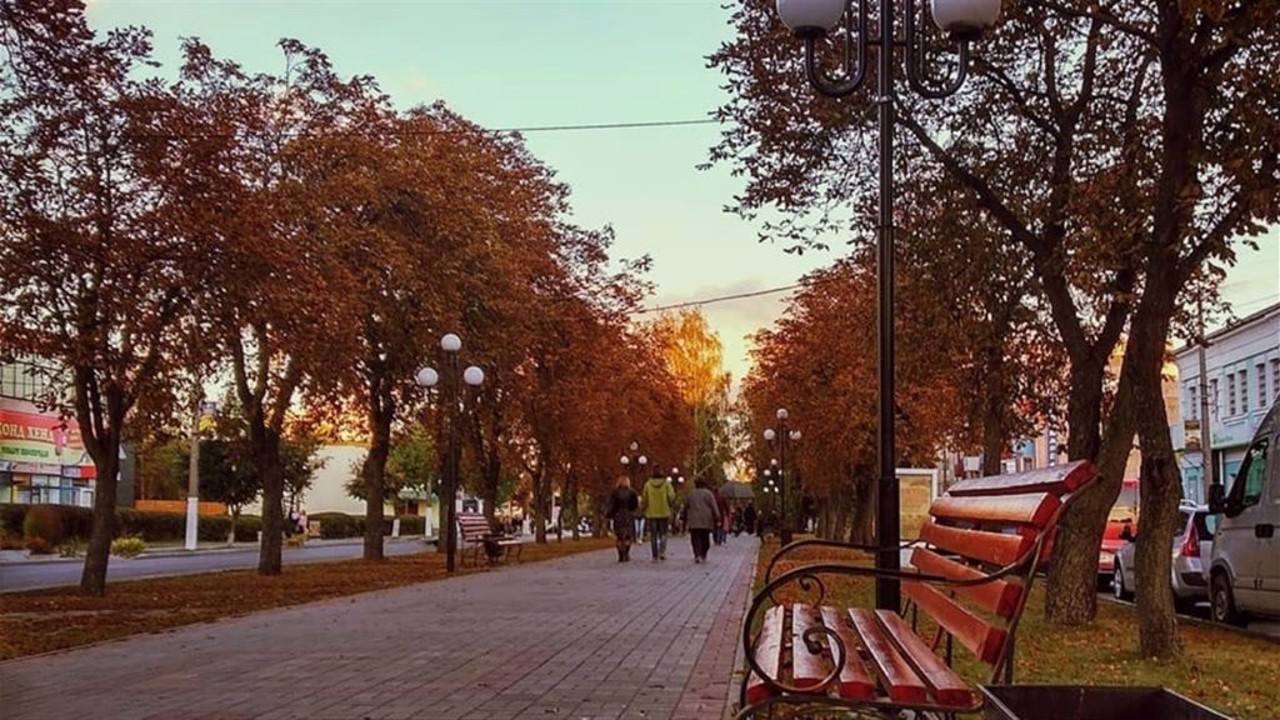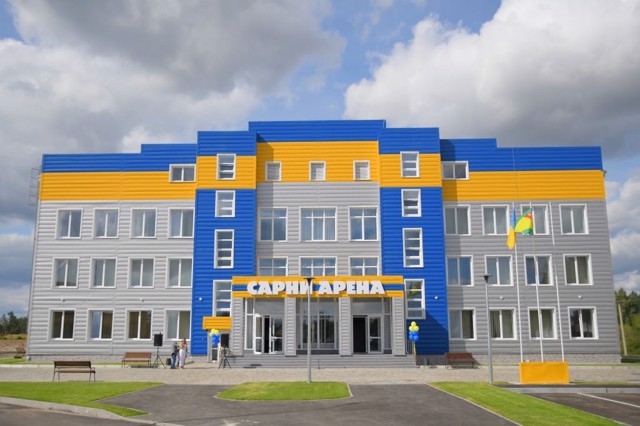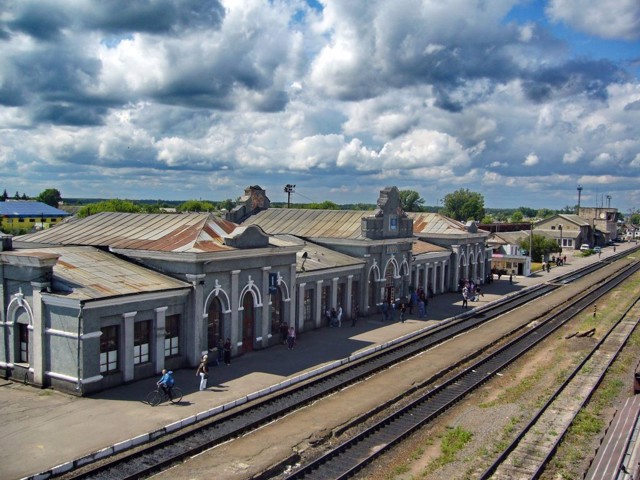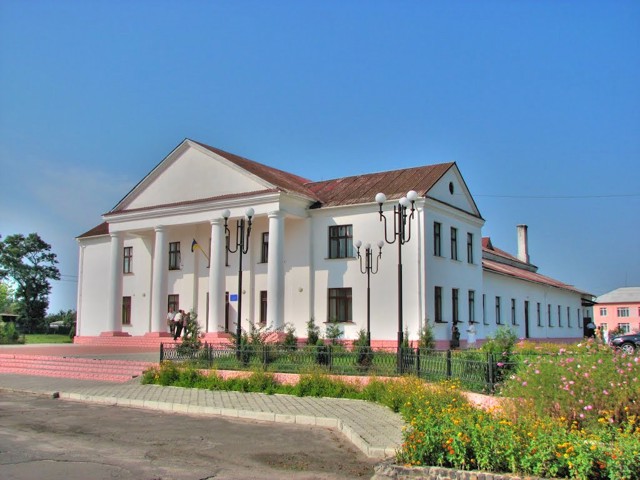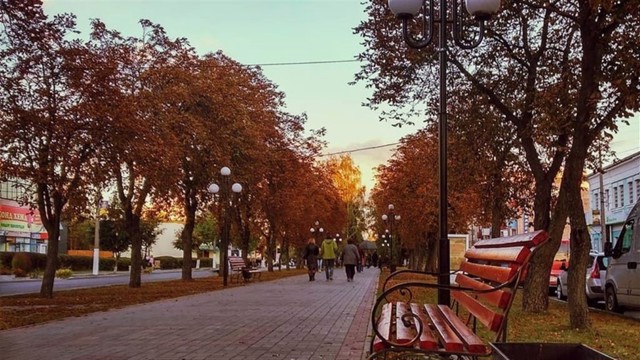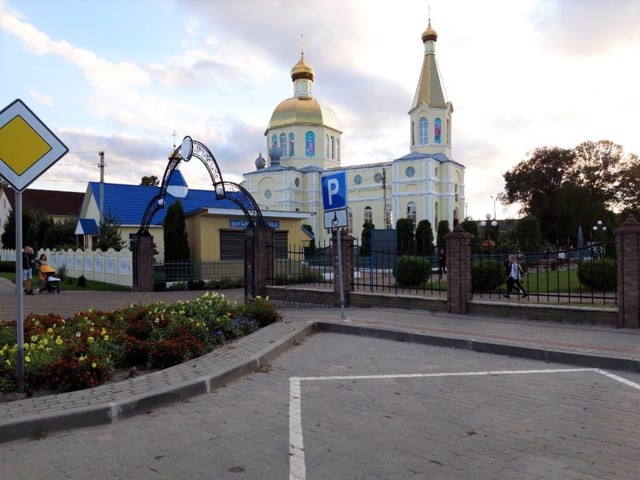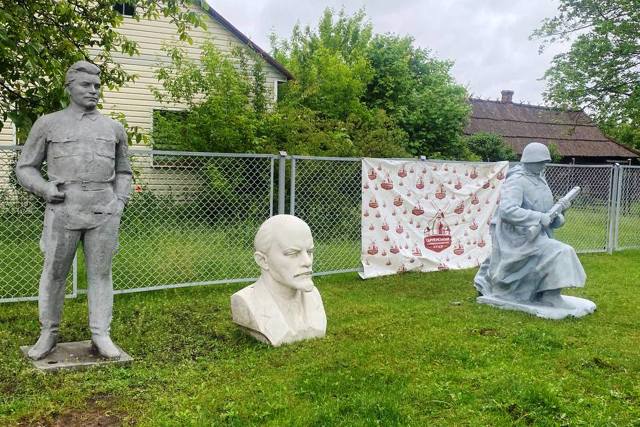Functional temporarily unavailable
General information about Sarny
The city of Sarny on the Sluch River is an important transport hub at the intersection of the Kyiv-Kovel and Rivne-Horodyshche highways. The administrative center of the Sarny urban hromada and the Sarny district of the Rivne region.
The city has been known since 1648. The wooden Trinity Church (1725) has been preserved.
The development is connected with the construction of the Kyiv-Kovel railway and the opening of the Sarny station in 1885. In 1930, the construction of a Catholic church in the Art Nouveau style was started, which was never completed (the building without the bell tower survived).
At the end of the 20th century, a base for the elimination of medium-range SS-20 nuclear missiles was created here.
There is a historical and ethnographic museum.< ...
The city of Sarny on the Sluch River is an important transport hub at the intersection of the Kyiv-Kovel and Rivne-Horodyshche highways. The administrative center of the Sarny urban hromada and the Sarny district of the Rivne region.
The city has been known since 1648. The wooden Trinity Church (1725) has been preserved.
The development is connected with the construction of the Kyiv-Kovel railway and the opening of the Sarny station in 1885. In 1930, the construction of a Catholic church in the Art Nouveau style was started, which was never completed (the building without the bell tower survived).
At the end of the 20th century, a base for the elimination of medium-range SS-20 nuclear missiles was created here.
There is a historical and ethnographic museum.
Місто Сарни на річці Случ – важливий транспортний вузол на перетині автодоріг Київ – Ковель і Рівне – Городище. Адміністративний центр Сарненської міської громади та Сарненського району Рівненської області.
Місто відоме з 1648 року. Збереглася дерев'яна Троїцька церква (1725 рік).
Розвиток пов'язаний з будівництвом залізниці Київ – Ковель і відкриттям в 1885 році станції "Сарни". В 1930 році було розпочато будівництво католицького костелу в стилі модерн, яке так і не було завершено (збереглася будівля без дзвіниці).
В кінці XX століття тут була створена база по ліквідації ядерних ракет середньої дальності СС-20.
Працює історико-етнографічний музей.
Сплануй своє перебування у Sarny
What to see and where to go in Sarny
Tourist attractions and museums of Sarny
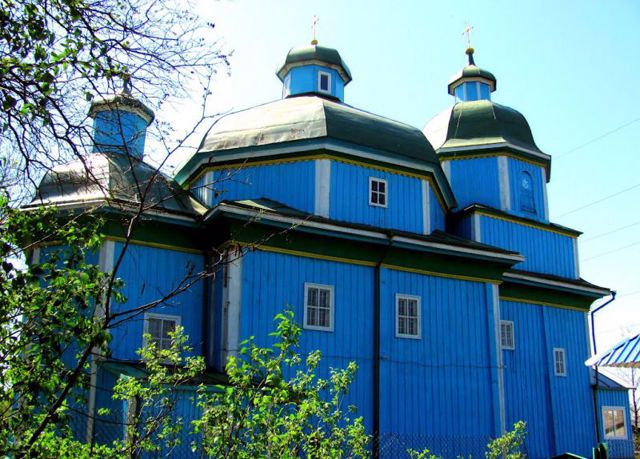
Holy Trinity Church
Temple , Architecture
The wooden Holy Trinity Church in Sarny is one of the oldest monuments of the wooden architecture of Polissya.
The church was built in the village of Dorotychy in 1725 at the expense of landowner Antoniy Prushynsky.
Initially, the Trinity Church had two baths, but later, thanks to the efforts of the abbot Father Ioann, a third one was built above the bell tower. In the same year, a house was built for the priest, which is still standing near the church. There is only one throne in the temple - in honor of the Holy Trinity.

Sarny Historical and Ethnographic Museum
Museum / gallery
Sarny Historical and Ethnographic Museum is a department of the Rivne Regional Museum of Local Lore. Established in 1974 as a center for the preservation and popularization of the historical and cultural heritage of Polissia, the visiting card of the city of Sarny.
The museum's exposition is dedicated to the historical past of the region, folk crafts and crafts, the life and lifestyle of Polishchuk peasants. Historical documents, a collection of ancient clothing, tools and household items, and decorative and applied arts are presented.
The exposition is devoted to folk crafts and handicrafts, life and everyday life of Polishchuk peasants.
A mini-skansen (open-air museum) was opened on the territory of the museum in 2020. Monuments of folk architecture from the village of Horynychi have been collected and restored here: two village estates and a wooden chapel of the XVIII century, a smithy and a windmill of the XIX century.
Traditionally, the Historical and Ethnographic Museum in Sarny hosts folk art festivals with the invitation of amateur art groups, masters of folk art.
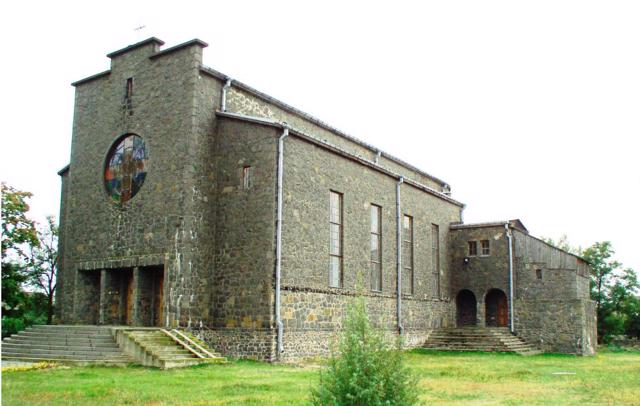
Transfiguration of Lord Church
Temple , Architecture
The Church of the Transfiguration of the Lord in the Art Nouveau style was built in Sarny in 1936 instead of the old wooden church.
Students of the Jagiellonian University of Krakow made a significant contribution to the construction. Construction continued until 1939, but it was never finished - the belfry remained unfinished. The last abbot was Yan Lenynsky, who left the city with the last Poles in 1945.
In the priest's house, the military commissariat was placed, then courses of civil defense and car enthusiasts. The premises of the church itself served as a food warehouse.
The shrine was returned to believers only in 1991. Restoration has begun. In 1995, the restored image of Our Lady of Ostrobram was returned to the church and the first mass was held.
Sarny in news and blogs
Reviews Sarny
Geographical information about Sarny
| {{itemKey}} | {{itemValue}} |
|---|---|
| Region |
Rivne |
